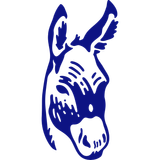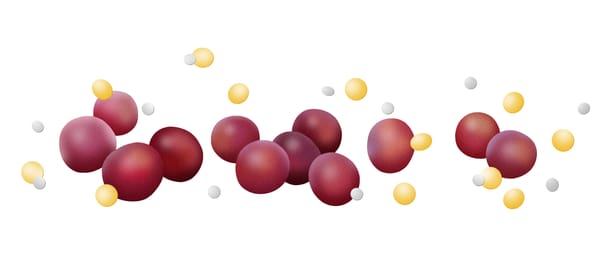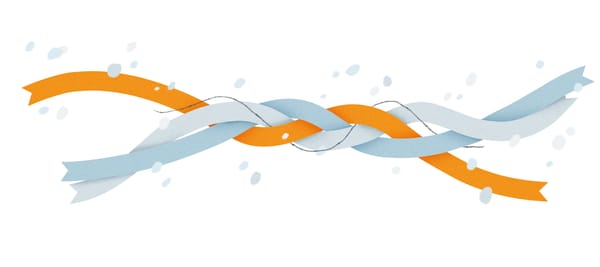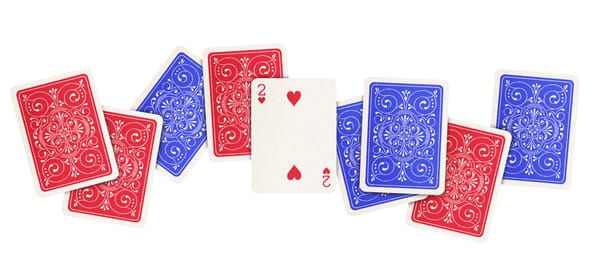How I See an Owl, Alive in the Face of Things
by Naomi Cohn | Fake it till you make it.
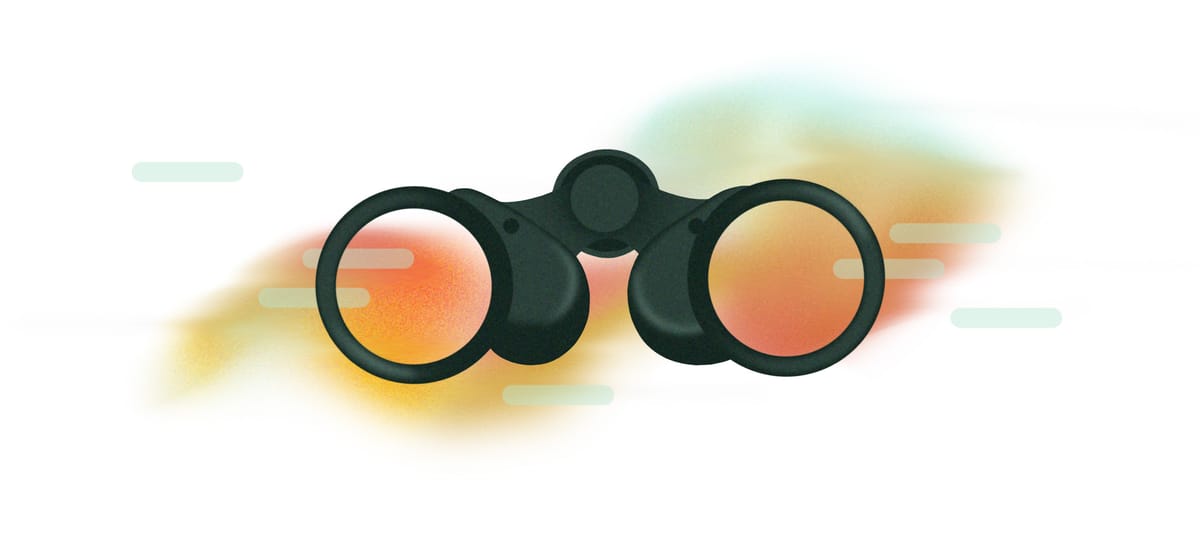
On our walk to the coffee shop, my friend Ranae and I pass two young men. One is burly and dark, with a magnificent hipster beard and a camera as big as a lunch box; the other, slight and sandy, clutches binoculars. They ask, Do you want to see a saw-whet owl? They speak in hushed tones, don’t want to disturb the bird, hunched in its daytime roost right there within Saint Paul’s city limits. They point to a drab shrub, backlit in dim November light. We see nothing.
The sandy one holds up his phone to show us what we’re looking for. Ranae goes Ooh. I’m silent. I am one of roughly 1.1 million Americans who fit the US definition of legal blindness, and the image is too small for me to see. The young men whisper and point toward the raptor. To find this creature, hiding in these twigs, they followed the sound trail of other birds chasing it. The men twitter like nestlings.
They tell us saw-whets are common but uncommonly seen. So small, they can be mobbed—overpowered—by songbirds. So small, half a mouse is a meal. So small, other owls eat them. An owl weighing less than the young man’s camera lens. An owl smaller than some coffee drinks and not unlike in color, soft mocha-brown and creamy white streaks, topped by two staring amber eyes.
I can’t see the owl. I see gray November sky, the color of fall draining away. Sky that feels like pressing weight because it is days after the 2016 election. Most everybody I know is fluttering, shocked, dismayed. So yes, please, we want to see this owl. Alive in the face of things.
They keep pointing at the invisible owl, a mere block from my house. I stare into the crosshatch of damp twigs. Light catches limp yellow leaves, those few not yet vacuumed off by recent windy rain. I see Ranae staring, also not seeing. The birders keep pointing into the shrub, just yards away. We’re all intent as dogs on a squirrel. Then Ranae gives a quiet aha—she has seen it. She adds her finger to the pointing. I see only twigs. I pull out my phone, take a snapshot in the direction of their fingers.
~~~
I find my half-blindness awkward. I feel guilty when I feign seeing. It goes against ingrained upbringing—Honesty is the best policy. But I fake seeing all the time. Take that woman at the train station who shows me a photo of her grandchild. I can see a roundness with two darker roundnesses on the upper half, a white slash that might be the teeth of a smile. Is it so bad to say, Oh, adorable?
Standing in front of those few ounces of hollow bone and feather, I release a little Oh. Something that could be taken for an instant of seeing. Otherwise, as I have learned over my thirty years and counting of progressive vision loss, we will stand all day at the altar of that owl.
We thank the birders—walk away.
I begin to see owl in Ranae’s description of what she saw, in her excitement. Later, I download my photo, see a grainy dark hatch of twigs and yellow leaf. I see owl in not seeing it. I pursue the bird on the web. On ornithology sites, I see owl in calls, the gray shapes of sonograms moving on my computer screen as I listen to the saw-whet’s incessant tooting, its eerie, quavering, saw-sharpening call. I see it in images taken by expert eyes, in videos—a hunched bird, obscured by twigs, the soundtrack a rustling, the owl clenched motionless while branches around it bob in stiff alpine wind. Only blinking eyes give away its aliveness.
Seeing is never the work of a single moment.
~~~
Years pass. More elections. The neighbor cuts down the shrub. I still feel the owl’s call. I pick up a pencil and start drawing in a sketchbook, abandoned at some point along the slide of failing eyesight. I draw an owl from memory; I draw from crisp images from the web. One computer photo zoomed until amber eyes fill the screen. But I want to draw closer to that one owl whose heart beat yards from mine. I pore over the photo I took. Nothing clearly owl.
I digitally worry that image, those few grainy pixels. Changing exposure, sharpness, contrast. I do this for days.
At last, I see: the roundness I’ve been shaping into an owl is just a dangle of leaf. To the left of this leaf sits a dark, bark-textured owl, the reclusive creature perched close to the trunk. Just a smudge against dim background. Years later, I am just beginning to see her quiet hiding.
Naomi Cohn is author of The Braille Encyclopedia: Brief Essays on Altered Sight, which examines vision loss and relearning to read and write as an adult. Her current work probes her obsession with birds and reclaiming relationships with art-making and the rest of the natural world. Connect at naomi-cohn.com (where you can also download free poetry posters featuring her bird drawings and the work of poets she admires).
This essay is a Short Reads original.
From the archive
Jul 31, 2024
“Postpartum Madness”
by Judy Bolton-Fasman | The baby is real; everything else is up for grabs. Aug 2, 2023
“Broken Macarons”
by Amy Suardi | The sweetness of imperfection.
Want more like this? Subscribe to Short Reads and get one fresh flash essay—for free—in your inbox every Wednesday. Or become a supporting subscriber and help us pay writers.

